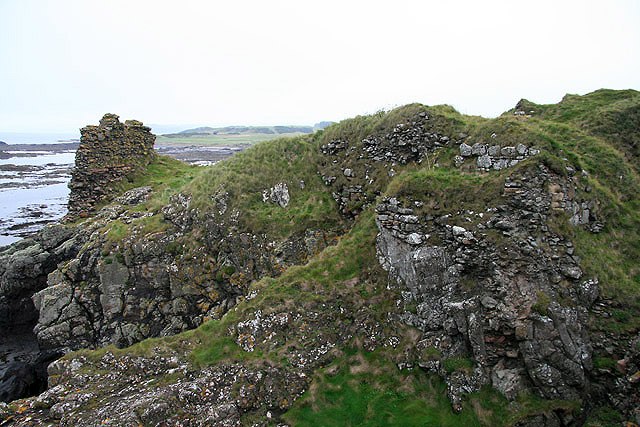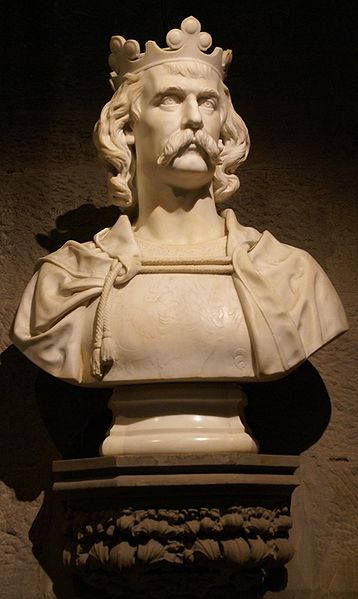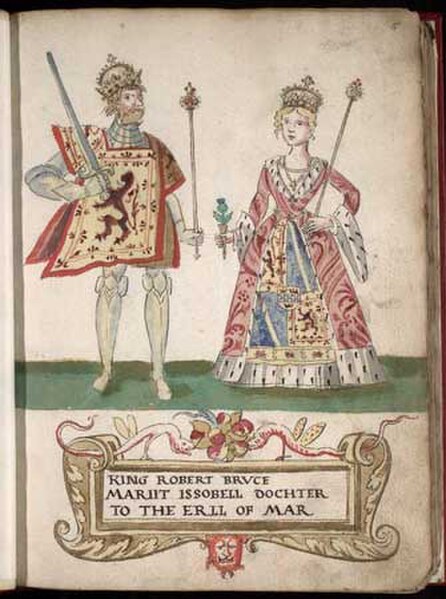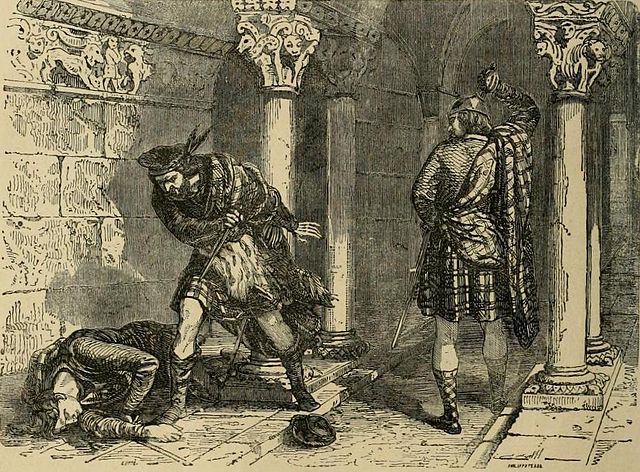Earl of Carrick is the title applied to the ruler of Carrick, subsequently part of the Peerage of Scotland. The position came to be strongly associated with the Scottish crown when Robert the Bruce, who had inherited it from his maternal kin, became King of Scots in the early 14th century. Since the 15th century, the title of Earl of Carrick has automatically been held by the heir apparent to the throne, thus the current holder of the title is Prince William, Duke of Rothesay.
The ruins of Turnberry Castle on the Carrick coast, former seat of the Earls of Carrick
Earl Duncan's seal. The caption reads sigillvm dvncani filli gilleber, Latin for "seal of Duncan/Donnchadh son of Gilbert/Gille Brigte". The symbol in the centre is a griffin; later earls used the device of a chevron
Prince William, Duke of Rothesay, is the incumbunt Earl of Carrick
Robert I, popularly known as Robert the Bruce, was King of Scots from 1306 to his death in 1329. Robert led Scotland during the First War of Scottish Independence against England. He fought successfully during his reign to restore Scotland to an independent kingdom and is regarded in Scotland as a national hero.
Neoclassic bust of Robert the Bruce at the National Wallace Monument
The remains of Turnberry Castle, Robert the Bruce's likely birthplace
Robert the Bruce and his first wife Isabella of Mar, as depicted in the 1562 Forman Armorial
The killing of John Comyn in the Greyfriars church in Dumfries, as imagined by Felix Philippoteaux, a 19th-century illustrator






